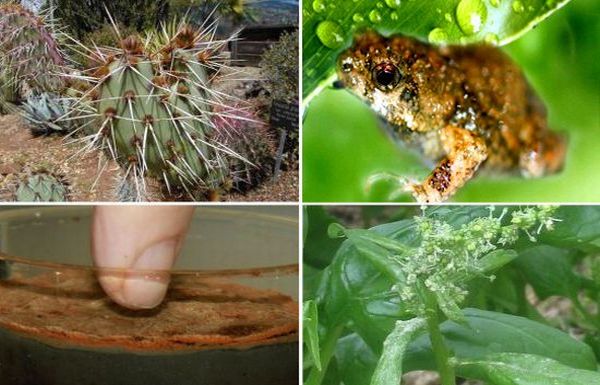
As we know it
Systems generating energy using natural resources are being worked upon these days so as to meet the demand for clean energy. Though wind energy and solar energy dominate the field but there is abundance of green minds working hard to uncover more energy resources using various living entities. Inventors are sweating hard to convert nature into living battery to power the future. Generating green energy using life forms is a similar step in this regard.
Need for change:
With the growing population the demand for renewable energy is also growing. Solar energy and wind energy are not sufficient to meet the energy demands of the entire world. These circumstances have compelled researchers to think on creating additional renewable energy generating systems. Therefore, various proposals and plans need to be implemented to harvest energy from living creatures.
Whatâs Next?
1. Synthetic solar cells

Researchers at US Berkeley have come up with a technique of generating energy from tobacco plant. Tobacco plants can be chopped in a way to grow synthetic photovoltaic and photochemical cells. These cells are then extracted, dissolved in a solution and sprayed onto some glass or plastic substrate to produce solar cells. Tobacco is a good collector of sunlight, and researchers have made these tobacco crops harvest sunlight into high powered electrons. The researchers have done this by creating a genetically programmed virus that infects tobacco crops to produce artificial chromosomes. The biodegradable solar cells produced by this eco-friendly manufacturing process can be used in various temporary and disposable devices.
2. Energy from evaporation on a leaf
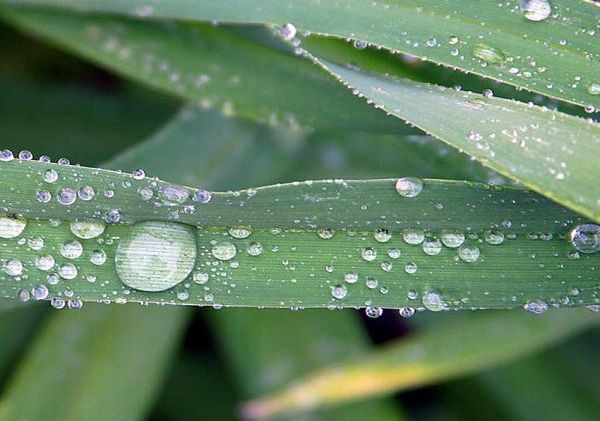
This unique and constructive design has been created by Dr. Michael Maharbiz and his team. They named this project as “energy scavenging from evaporation-driven motionâ. The rationale for this research was formed by understanding water transportation functioning in plants by maintaining large negative pressure gradient across their vasculature. Energy in this project is generated by creating a liquid-gas interface while evaporation. This interface acts as a moving dielectric surface, changing the electrical properties of the liquid. A capacitor is embedded in the surface and when more liquid evaporates, a potential increase of 2-5µvolts in stored in the capacitors which could be used in various ways to meet energy needs.
3. Electricity from bacteria and grass clippings

Bio Volt, a team from MIT has created an archetype device that uses grass trimmings to generate cheap electricity. They also won prize in the MIT and Dow Materials Engineering Contest for their constructive design. Their device generates electricity using cellulose biomass. Though it takes about six months to recharge the cell phone but its cost of construction is only $2 and biomass is also available in abundance. Power output can be increased by connecting number of units together and can generate green energy efficiently.
4. Energy from trees to power sensors
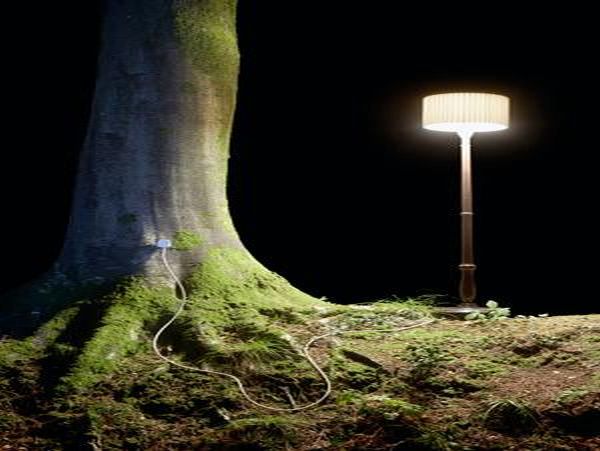
Andreas Mershin’s team at MIT discovered that electrodes made of same metal gives current. The electricity in this process is generated due to difference in pH value of the tree and the soil. Babak Parviz, an electrical engineer at the University of Washington in Seattle has proved that the voltage generated by this technique is few hundred millivolts. He used a device known as a voltage boost converter to amplify this voltage. This power generated using trees could be used in sensors monitoring temperature and humidity inside the forests.
5. Virus Battery
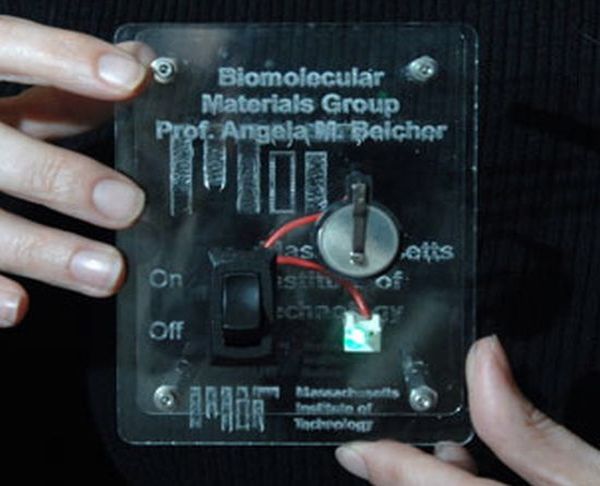
A team at MIT lead by Angela Belcher has successfully found out a technique of generating energy using lithium-ion batteries build using viruses. These viruses can generate sufficient power to run a hybrid car or personal electronic devices. In this process highly powerful cathode and anodes were created. Challenge lied in creating highly conductive cathode. This was done by creating genetically engineered viruses that cover themselves with iron phosphate and then take hold of carbon nanotubes to create highly conductive material. These batteries could be charged 100 times and are assembled in a very light weight, flexible containers.
6. Energy from Cactus

Researchers at Franceâs CNRS have come up with an efficient technique of developing unique bio-fuel cell which when inserted into living cactus makes it generate energy. This energy is generated using oxygen and sugar, the two main products of photosynthesis. An output of 9W per centimeter was generated using this method. It was observed that the output increased by switching on desk lamp which shoots up the process of photosynthesis.
7. Living Batteries
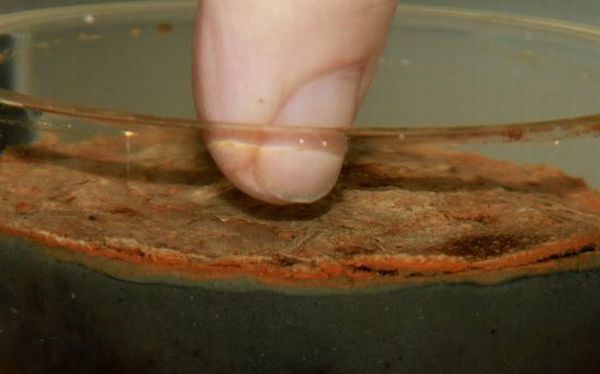
As we know bacteria can generate energy when mixed with mud and seawater which led the basis of microbial fuel cells formation. It has been discovered that bacteria can travel distance up to 20,000 times their size. A research team from the Aarhus University in Denmark is working on this subject. Bacteria live in marine wastes and in the colonies of these bacteria, the top layer has access to oxygen whereas the bottom layer has access to organic material. Therefore, the electrons produced in the bottom layers travel to top layers to get oxygen. This provides an evidence of nano-wire network that connects bacteria and these bacteria colonies react with mud and seawater to produce electricity.
8. Frog-inspired technology to generate bio-fuel
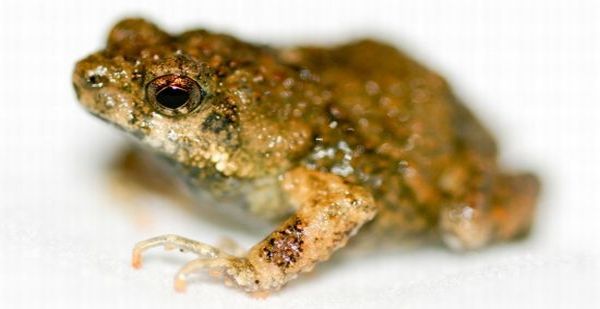
Researchers at University of Cincinnati have found out techniques of creating artificially photosynthetic material from foam which uses plant, frog and fungal enzymes to generate sugars with the help of solar energy and carbon dioxide. Unlike natural photosynthesis, this process uses enzymes to carry out photosynthesis and sugars formed to make ethanol and other bio-fuels.
9. Energy from Spinach

Researchers are now working on generating energy using Spinach. Researcher Das et al, isolated photosystem, considered as central part of photosynthesis, from chloroplasts of spinach leaves and bind it with a thin gold film deposited on glass electrically conductive. The results found out that photosystem acts as photovoltaic cell generating electric current in response to visible light.
10. Energy harvested from trees
MagCap Engineering has come up with a new procedure of generating renewable energy. The procedure is very simple. If we strike a nail into the trunk of the tree and a conductor into the ground, it is observed that faded but steady charge flows in the wire running from tree to the ground. Presently this system is used to charge NiCad batteries and illuminating LEDs but very soon it will be used to charge hybrid batteries and lighting roads.
What difference will it make?
The world today needs energy from sources that are renewable and can easily be tapped for power. There are many who believe that using solar and wind would be sufficient, but for those who donât actually want to lay their bets on systems that are dependent on climatic conditions, harnessing energy from systems that are available everywhere and at any time does seem promising. Harnessing energy from life forms such as trees and flowers seems ideal as these ârenewable systemsâ are available everywhere. Moreover, if the efficiency of these systems can be enhanced, they can prove to be viable for a world where all the energy is generated without any emissions.


